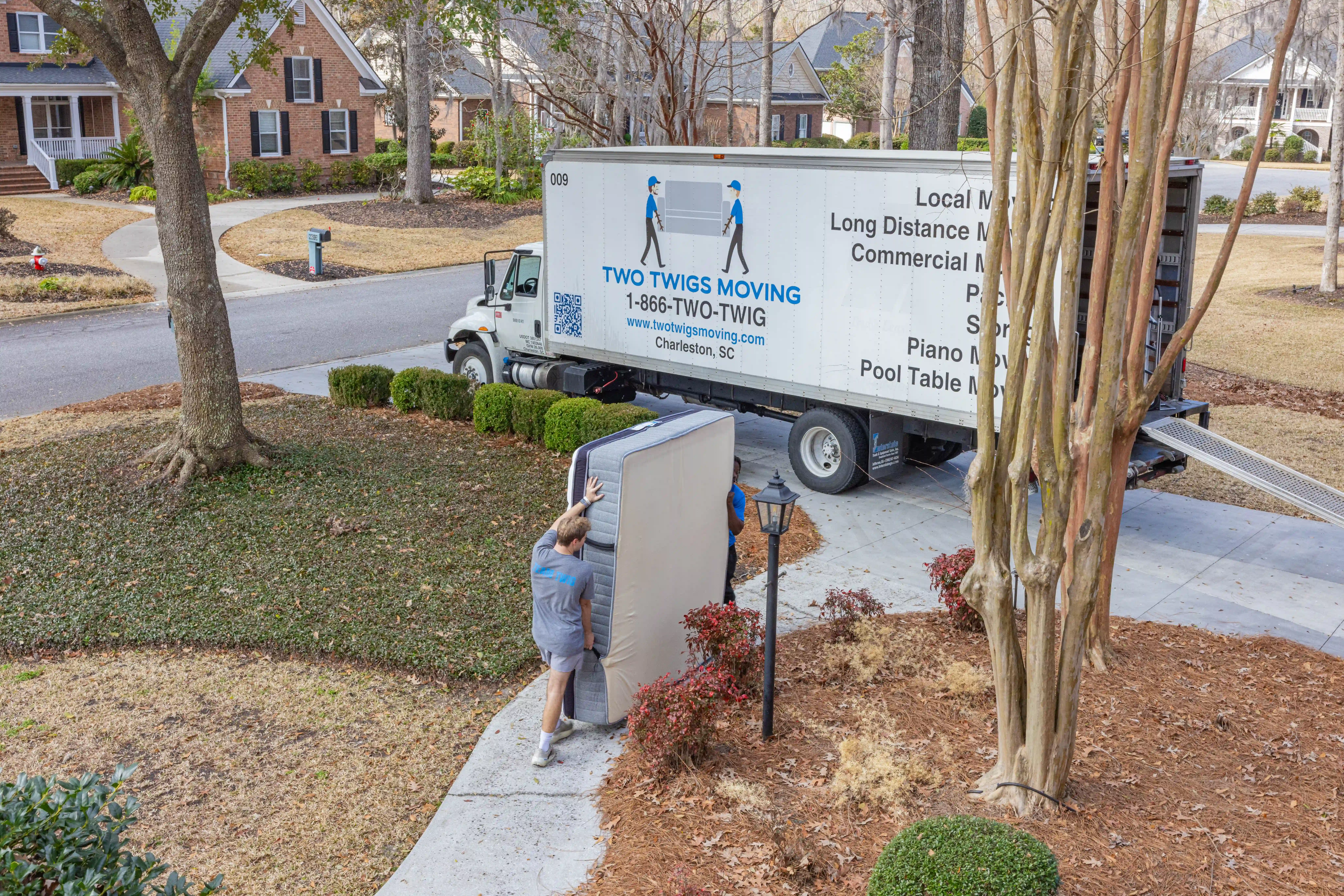Moving can be a chaotic process, but organizing a garage sale before you relocate can simplify your move while helping you declutter and make some extra cash. A well-executed garage sale not only reduces the volume of items you need to pack but also gives you an opportunity to sell unwanted items to eager buyers. Here’s how to organize a successful garage sale that will help streamline your moving process.
1. Plan Ahead
Planning is crucial for a successful garage sale. Start by choosing a date and time that is likely to attract the most buyers. Weekends are generally the best days for garage sales, with early morning to early afternoon being prime hours. Ensure your sale doesn’t coincide with major local events or holidays that might draw potential buyers away.
2. Gather and Sort Items
Begin by decluttering your home. Go through each room and gather items you no longer need or use. These might include clothing, furniture, electronics, books, toys, and kitchenware. Sort these items into categories to make pricing and organizing easier. Be honest about the condition of your items—discard or donate anything that is broken or beyond repair.
3. Price Items Appropriately
Pricing items can be one of the most challenging aspects of organizing a garage sale. The goal is to set prices that are attractive to buyers while still allowing you to make a profit. Consider pricing items at about 25-50% of their original retail price, depending on their condition. Use stickers or tags to clearly display prices, and be prepared to negotiate with buyers.
4. Advertise Your Sale
Effective advertising is key to drawing in customers. Use a combination of methods to get the word out:
- Online Listings: Post your sale on local online classifieds, community boards, and social media platforms. Websites like Craigslist, Facebook Marketplace, and Nextdoor are excellent places to reach local buyers.
- Signs and Flyers: Place eye-catching signs in your neighborhood and surrounding areas. Ensure the signs are large and clear, with directional arrows if necessary. Include the date, time, and address of the sale.
- Word of Mouth: Inform friends, family, and neighbors about your sale. They might spread the word and bring additional customers.
5. Prepare Your Space
Set up your sale space to make it inviting and easy for customers to browse. Use tables, blankets, or tarps to display items neatly. Group similar items together, such as clothing, books, and kitchenware, to make shopping more convenient. Ensure that your space is well-organized and clean.
6. Be Ready for the Sale Day
On the day of the sale, be prepared for early arrivals and set up your space before the sale starts. Have plenty of change and a cash box or pouch to keep money secure. Consider having a friend or family member help you manage the sale, especially during peak hours.
7. Engage with Buyers
Be friendly and approachable to encourage sales. Answer questions about items and be open to negotiation. A positive attitude can help build rapport with buyers and potentially lead to more sales.
8. Clean Up and Donate
At the end of the sale, you may have unsold items left. Decide in advance what to do with them. Consider donating them to local charities or thrift stores. Many organizations will even pick up items from your home, which can save you time and effort.
9. Reflect and Learn
After the sale, take a moment to reflect on what worked well and what could be improved. This experience can be valuable for future sales or organizing other events. Reflecting on your process can help you streamline and enhance your approach.
Organizing a garage sale before your move is an effective way to declutter, earn extra money, and make your transition smoother. By planning ahead, pricing items reasonably, and effectively advertising, you can turn your sale into a successful and stress-relieving part of your moving process.


.svg)


